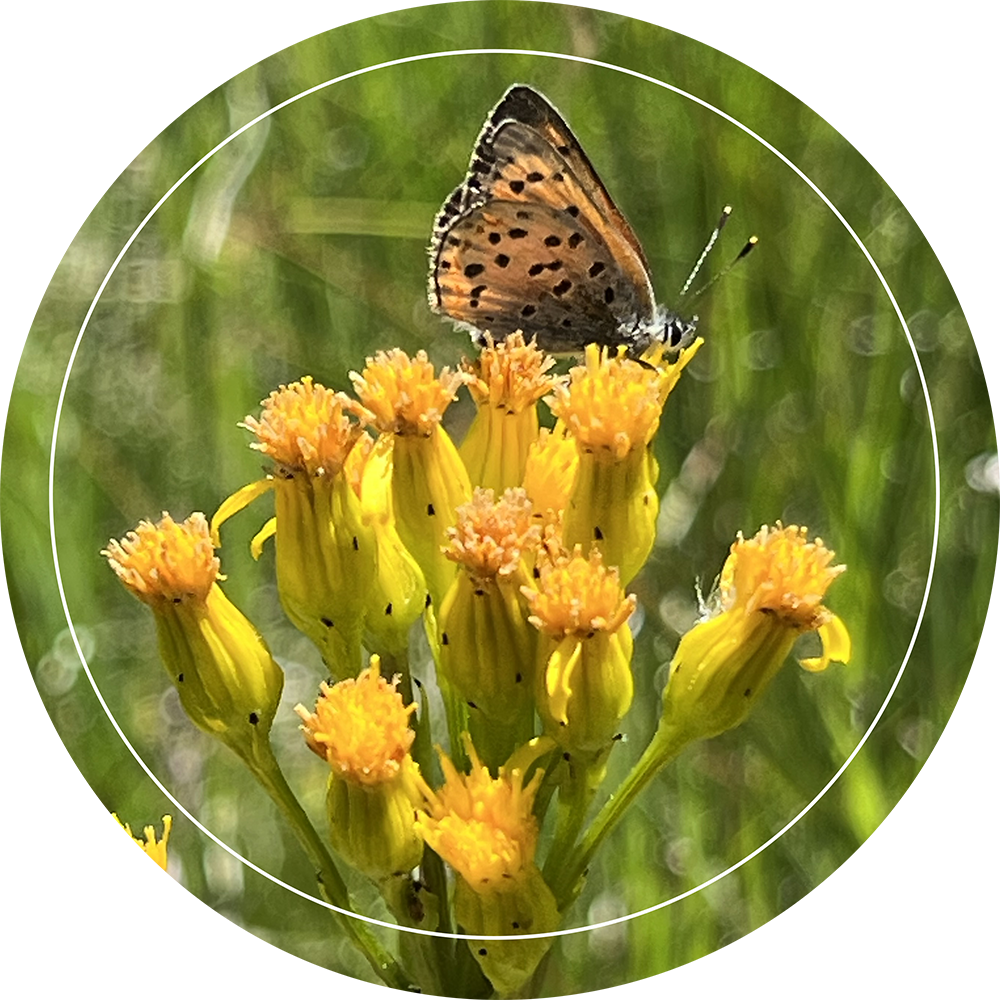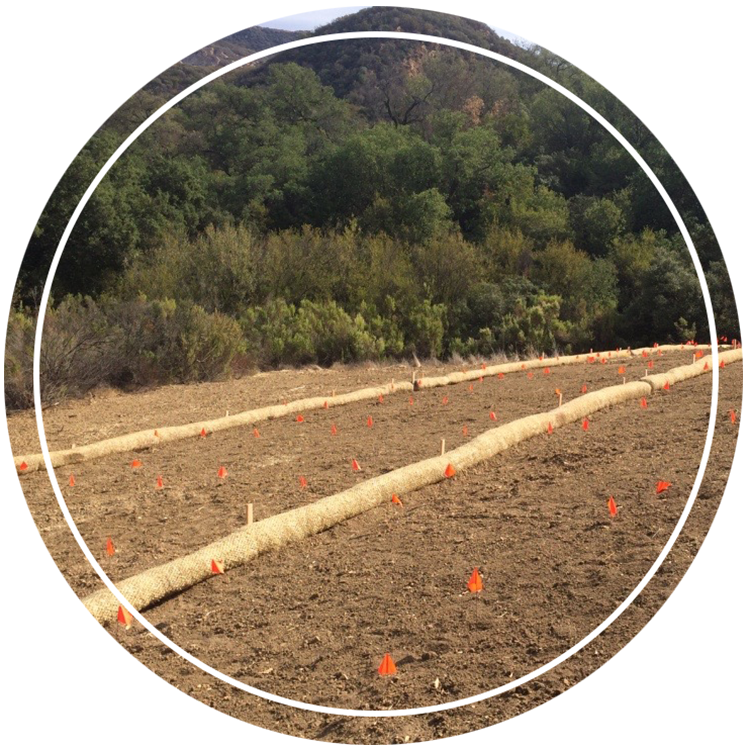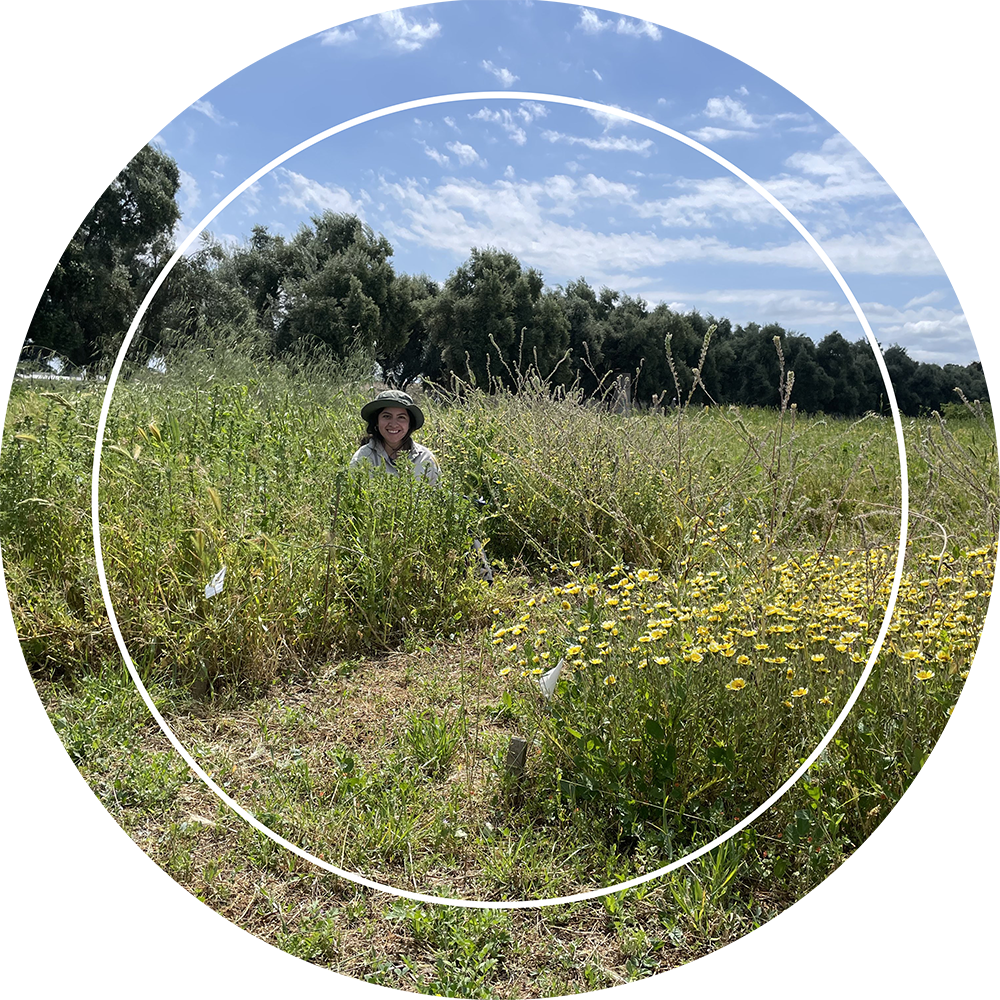Restoring California’s diverse landscapes can be challenging, but with the right tools and resources, restoration practitioners can make more informed decisions that lead to stronger outcomes. This site is designed to help practitioners of all experience levels, across land types and scales, find clear, science-based guidance for successful restoration. We’ve developed ecosystem-specific restoration guides and compiled key resources to support every stage of the restoration process — from site preparation and species selection to implementation, maintenance, and monitoring. This platform will continue to grow and evolve with restoration needs, new research, and available funding.

Restoration Guides by Ecosystem
Description and guide to restoration of grassland, coastal sage scrub, chaparral, desert, sagebrush steppe, riparian, and oak woodland ecosystems.

Restoration Goals
Returning disturbed sites to their original biotic and abiotic features is often not possible or practical; restoration goals, instead, focus on ecosystem processes and the provision of ecosystem services. Knowing your restoration goals will help you develop an effective restoration design and make species choice much easier.

Preparation and Practices
Preparing a site for planting or seeding can significantly affect restoration outcomes. There are several ways that sites can be prepared for plant material installation.

Post-restoration Strategies and Challenges
The are many challenges to restoring the diverse terrestrial ecosystems in California. We discuss these barriers to restoration and the post-seeding or planting management practices for maximizing success.


